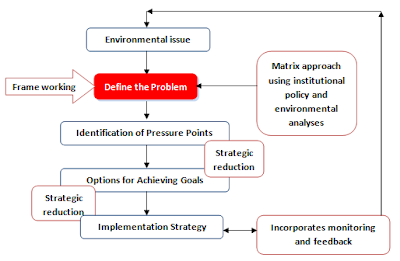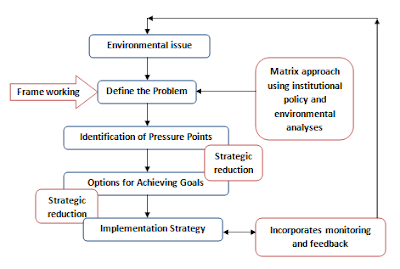 |
| Mark Sainsbury from Close Up reports on drilling on Stewart Island |
The Scoop.
IEM Stewart Island Exploration Oil Drilling
Greymouth Petroleum (GP) commenced exploration oil drilling in an old quarry on Stewart Island (SI) in early July. Stewart Island is considered a unique and beautiful area with a ‘clean green’ image, and concerned SI residents appeared on Close Up with Mark Sainsbury to express their concerns over the drilling. It appeared that while some residents were in support of the drilling, others were against it and felt that they were not asked to give consent on the drilling. In reply, GP said that they had gained consents from the local farms near the quarry, delivered fliers to all residents on Stewart Island prior to drilling, and that they had held a community meeting to allow all residents to have their say. While concerned residents did attend the community meeting they said they did not feel they were able to speak out against the drilling as SI was a small community and they were afraid they might ‘fall out’ with other SI residents who were in support of the drilling.
 |
| Stewart Island residents concerned about drilling. |
Participation in IEM
This is an interesting example of participation and consultation in IEM within the Energy sector. It is good that GP attempted public participation with the SI community to gain consent for exploration drilling on SI, although it is clear that there are areas for improvement as not all residents feel like they have had their say. Although the local farmers signed the consent forms that allowed GP to drill, this is not a reflection on how the community as a whole feels towards the drilling. It is possible that the farmers had an incentive to sign, if substantial amounts of oil are found these local farms may be bought out by GP. Greymouth Petroleum delivered fliers to every address, I think this was a good technique as SI is a small island community and it allowed time for residents in the community to make submissions against the drilling consent however if people do not live on the island full time they may not have seen the fliers. Greymouth Petroleum also held a community meeting to let residents have their say, although concerned residents did not feel that they could speak freely here; therefore this was not a good forum for communication with the community. Perhaps a different forum where GP could have met with the concerned residents separately would have been more appropriate.
Public participation with the local community is not easy, it is costly and time consuming but it is important. Effective communication & education are key element to collaboration, as well as good co-ordination between stakeholders and interested members of the public (Margerum & Born, 1995).
Extracting fossil fuel energy is a controversial topic, although there are many benefits including new jobs, cheaper oil, and increased growth in the economy, there are also many risks to the health of the environment and this is especially felt by the concerned residents of pristine SI. I understand the frustration of the concerned resident on SI, although I wonder if they had followed the formal routes to making submissions against GP’s drilling consents when they had the chance. This will be interesting case to follow as it develops to see how GP manages the community situation. If the quarry is found to contain large amounts of oil I expect to see more residents will make submissions against further drilling, and that there will be a social divide in the SI community between those who support the drilling and those who are against drilling.
Consultation and participation with stakeholders can be difficult, so its probably time I introduced you to the barriers of IEM and ways to overcome these barriers. So check out next weeks blog on Barriers and Recipe's for Success!
Reference
Consultation and participation with stakeholders can be difficult, so its probably time I introduced you to the barriers of IEM and ways to overcome these barriers. So check out next weeks blog on Barriers and Recipe's for Success!
Reference
Margerum, R.D., Born, S.M. (1995). Integrated Environmental Management: Moving from Theory to Practice. Journal of Environmental Planning and Management, 38:371-390.



